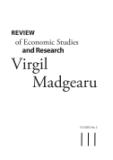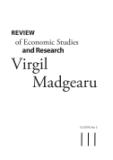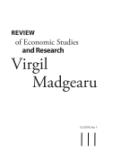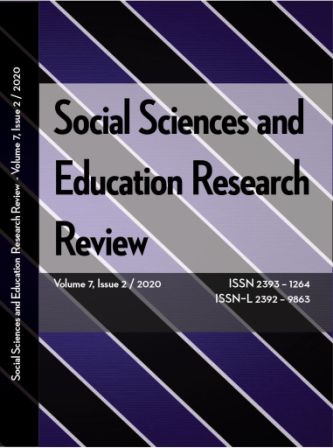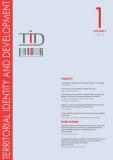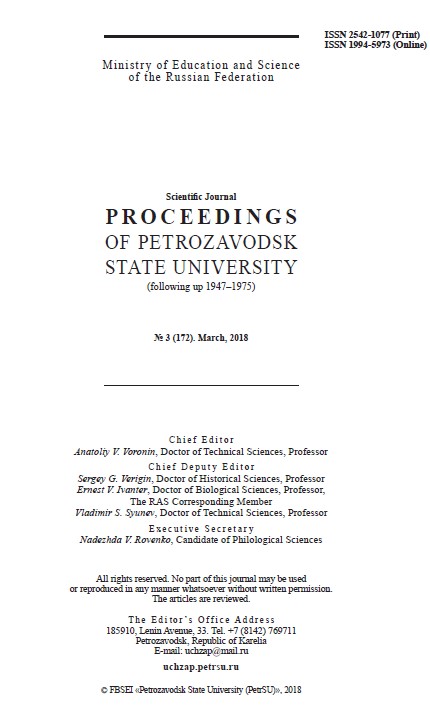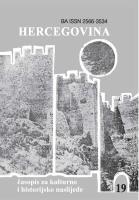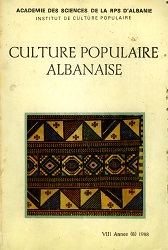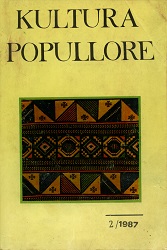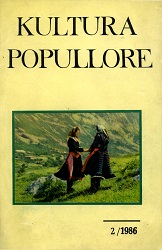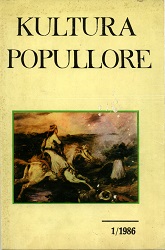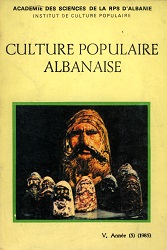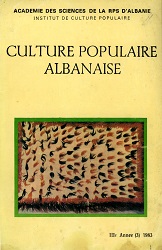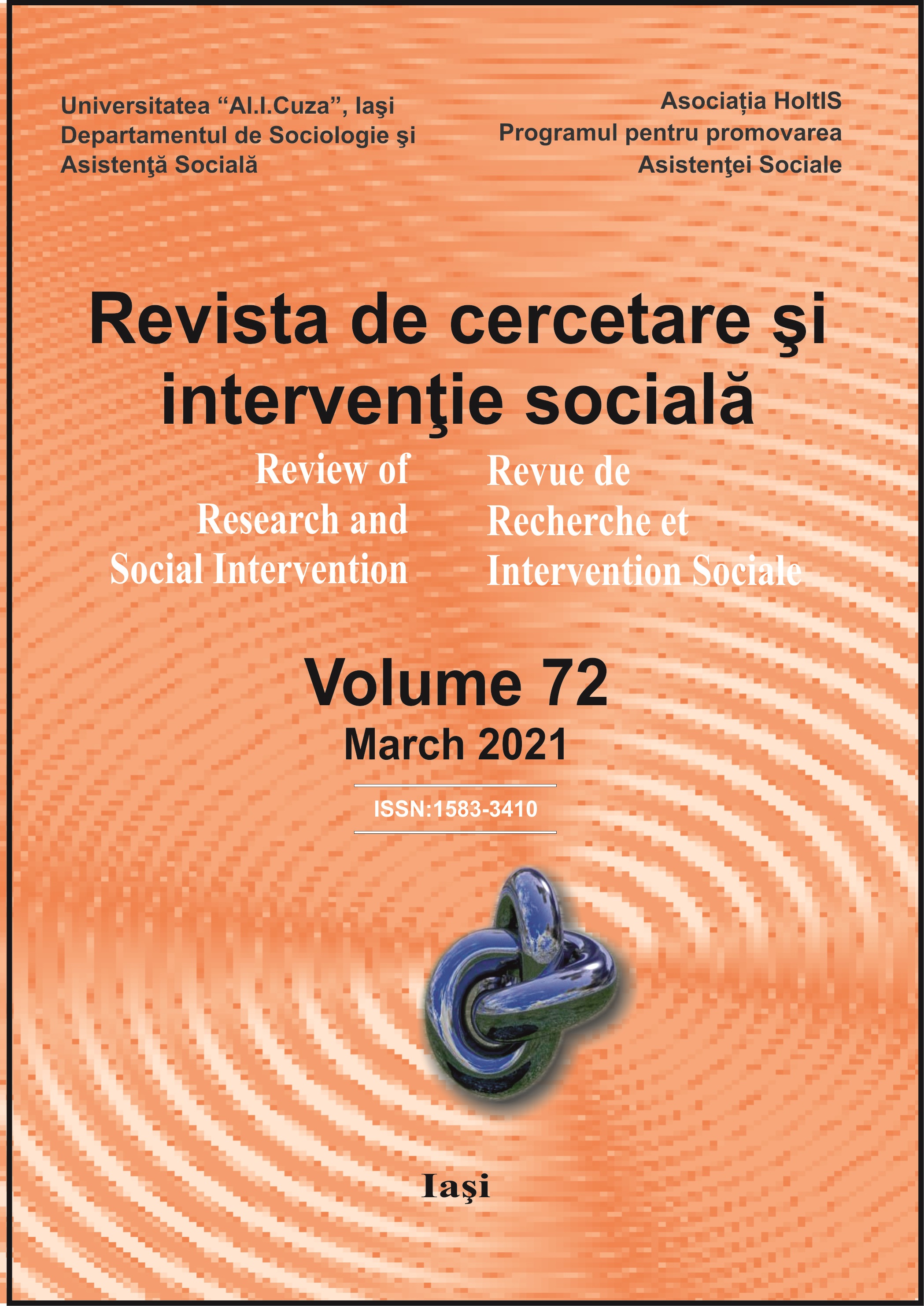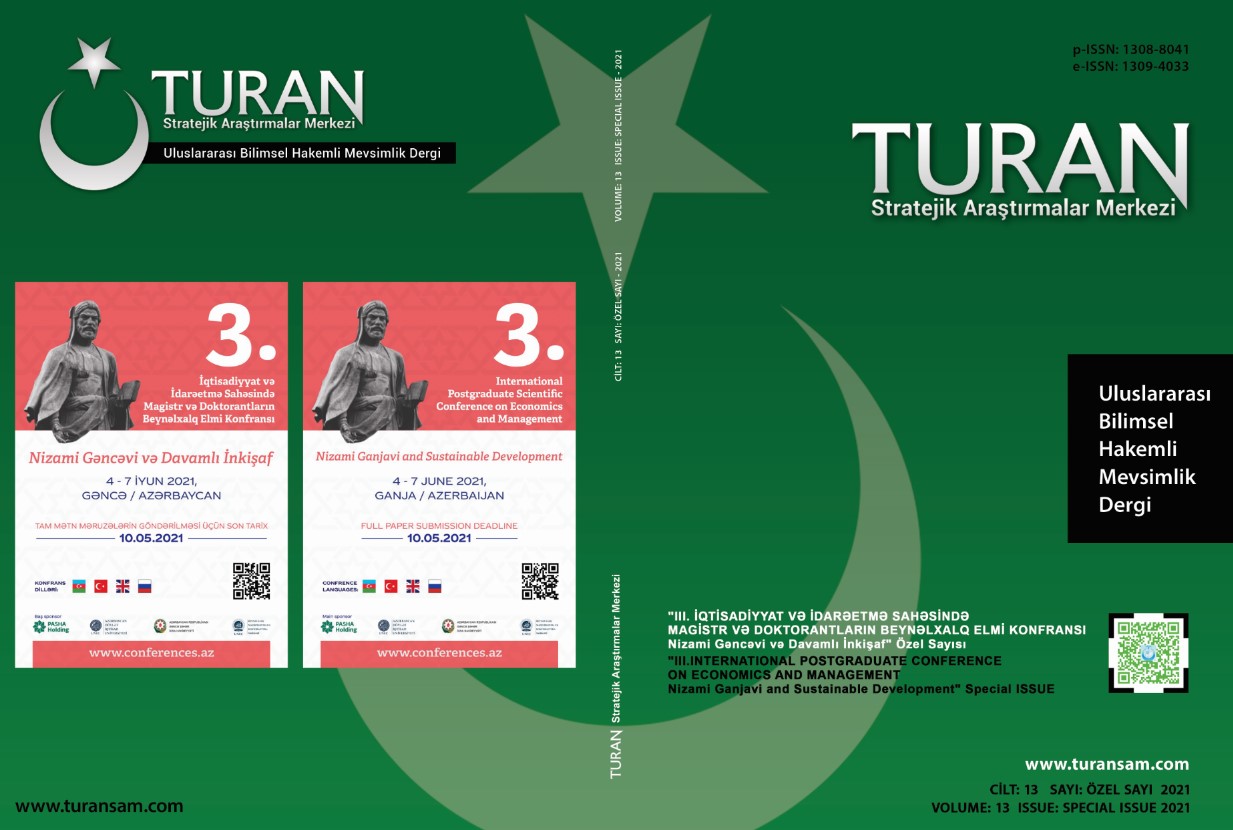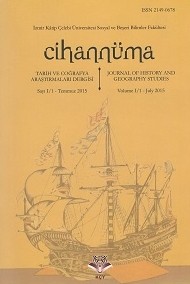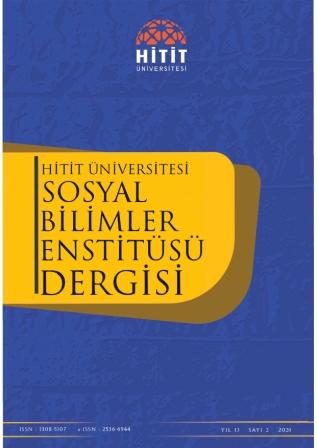Author(s): Aşkın Koyuncu / Language(s): Turkish
Issue: 2/2020
In this article, based on the Ottoman sources, we examined the fires occurred in Sarajevo between 1697-1878. In this context, we investigated the reasons of frequent fires, their economic and social consequences, the role of foundations in compensating the damages of the fires and the regulations made in Sarajevo after 1852 within the scope of the 1848 Ebniye (Building) Regulation. The article argues that comprehensive measures were not taken against fires in Sarajevo until the Tanzimat Period. Sarajevo, a city established during the Ottoman Era, had all the features of Ottoman cities. Fires were one of the biggest disasters that could have happened in Ottoman cities. The main factors that facilitated the spread of fires were that the buildings were mostly made of wooden material in an adjacent order, as well as the narrow streets and the absence of an organization to fight fires. There were at least 15 major fires in Sarajevo between the years of 1697 and 1878. In particular, the 1697, 1724, 1756, 1766, 1788, 1803, 1831, 1842, 1848 and 1852 fires caused greater destruction in the city relative to others. Especially the deliberate burning of the city during the Austrian invasion in 1697 inflicted a great blow to the social, economic, cultural and demographic development of Sarajevo, leading to the burning or destruction of 92 out of 104 mosques in the city. Basčaršija and its surroundings also suffered the greatest damage from fires in the city. After the 1852 fire, the Ebniye Regulation was put into effect in Sarajevo, leading to the reorganization of the Basčaršija district. In addition, efforts were made to enlarge the streets, fire pumps were brought from Vienna, and the construction of masonry building instead of wooden ones was encouraged. The Market Square, where the Sebilj is located, was reorganized after the fire of 1866. However, Sarajevo fell under the rule of Austria-Hungary before the reforms initiated in the field of urban planning during the Tanzimat Period could totally be implemented.
More...
